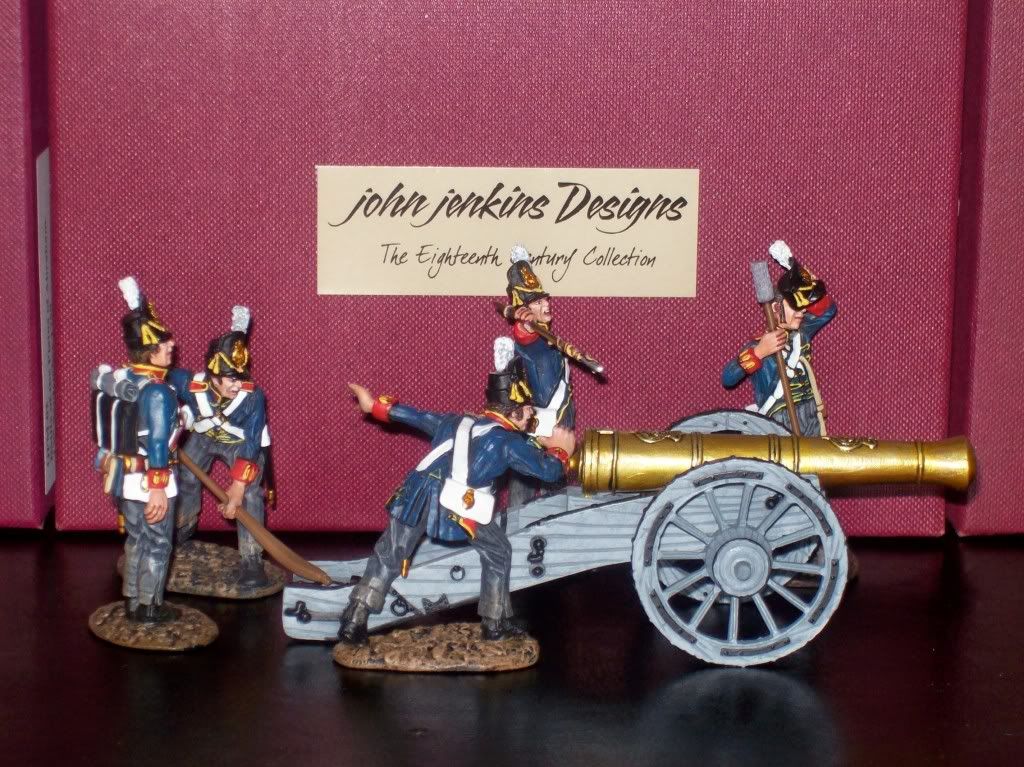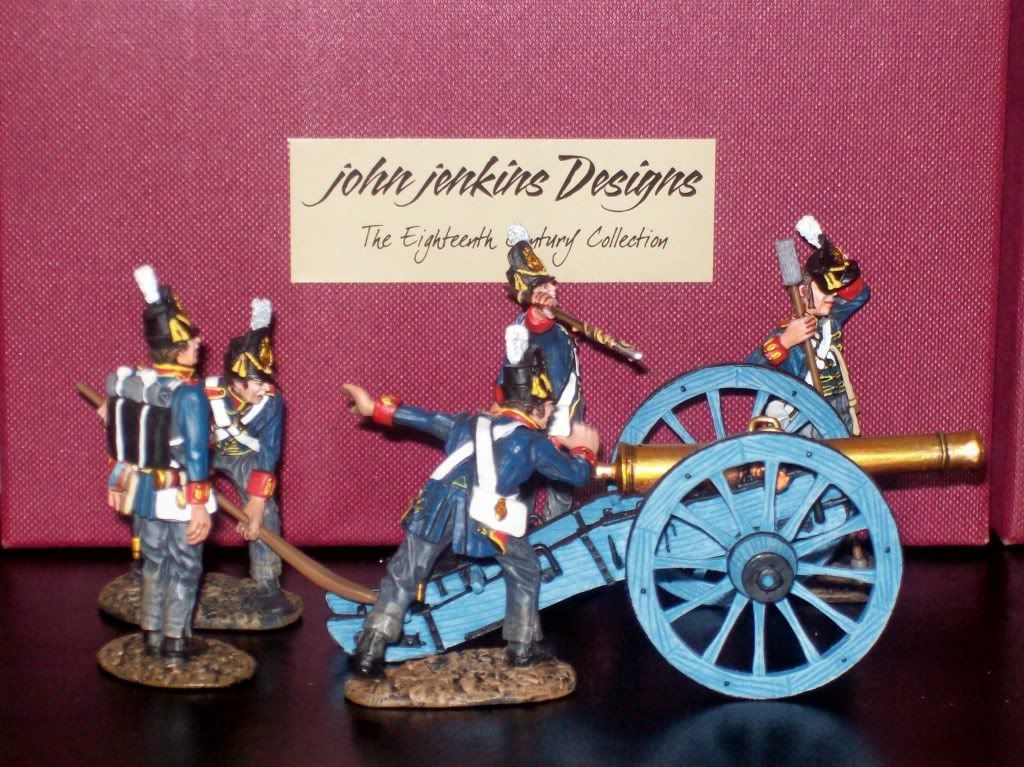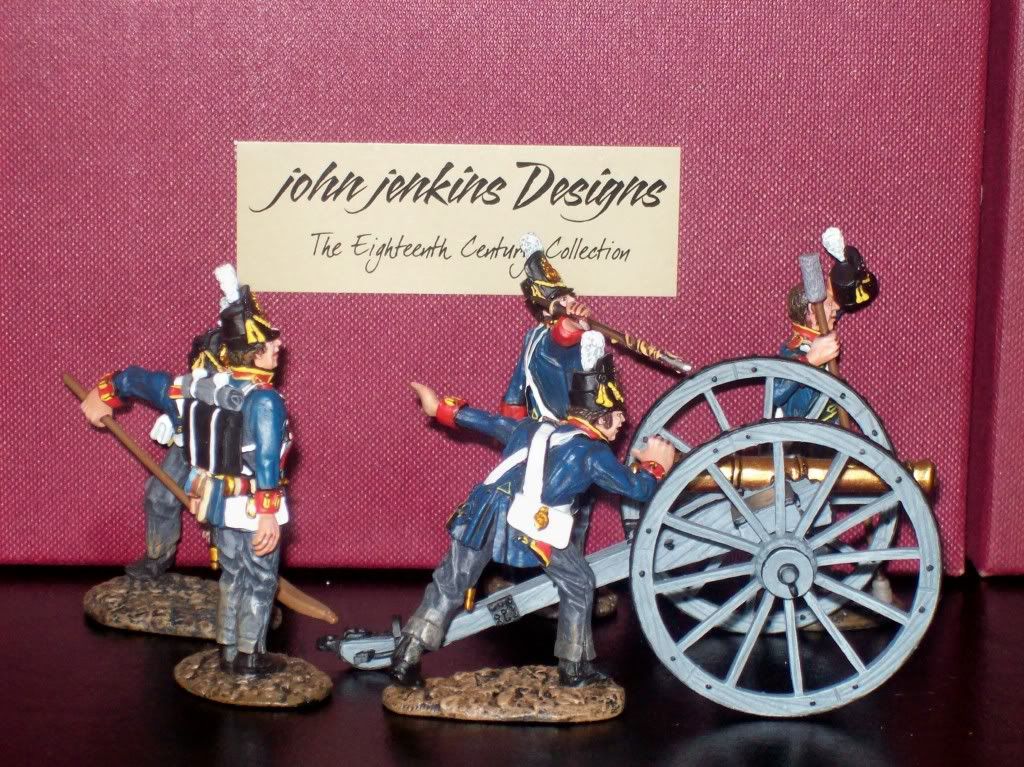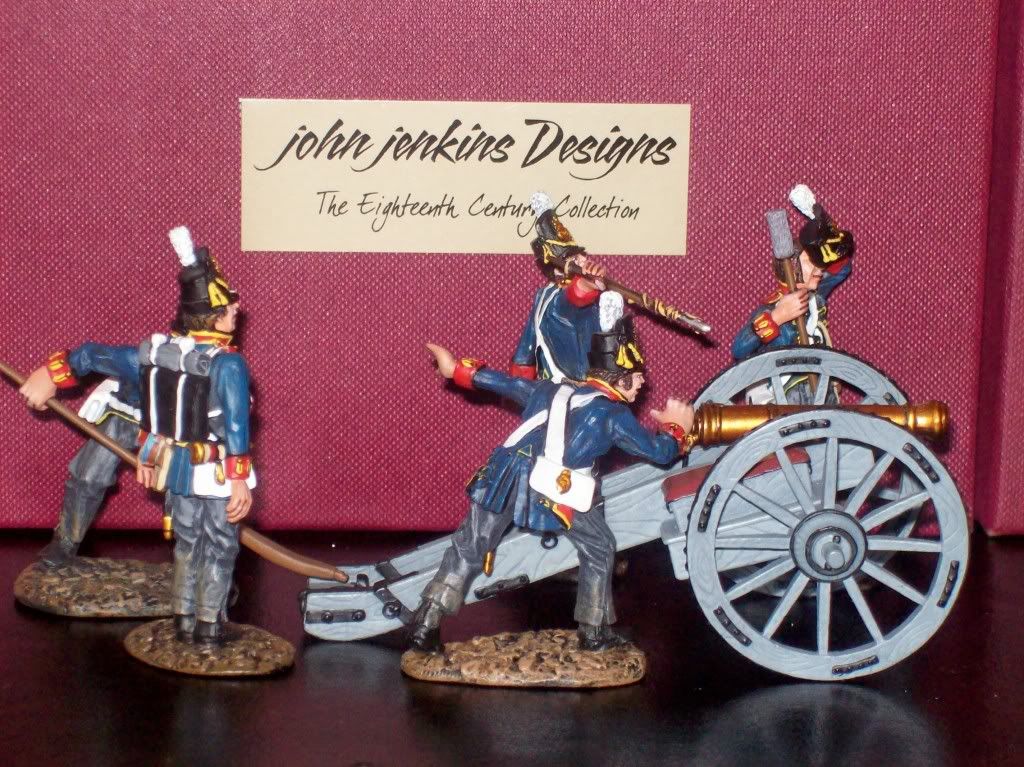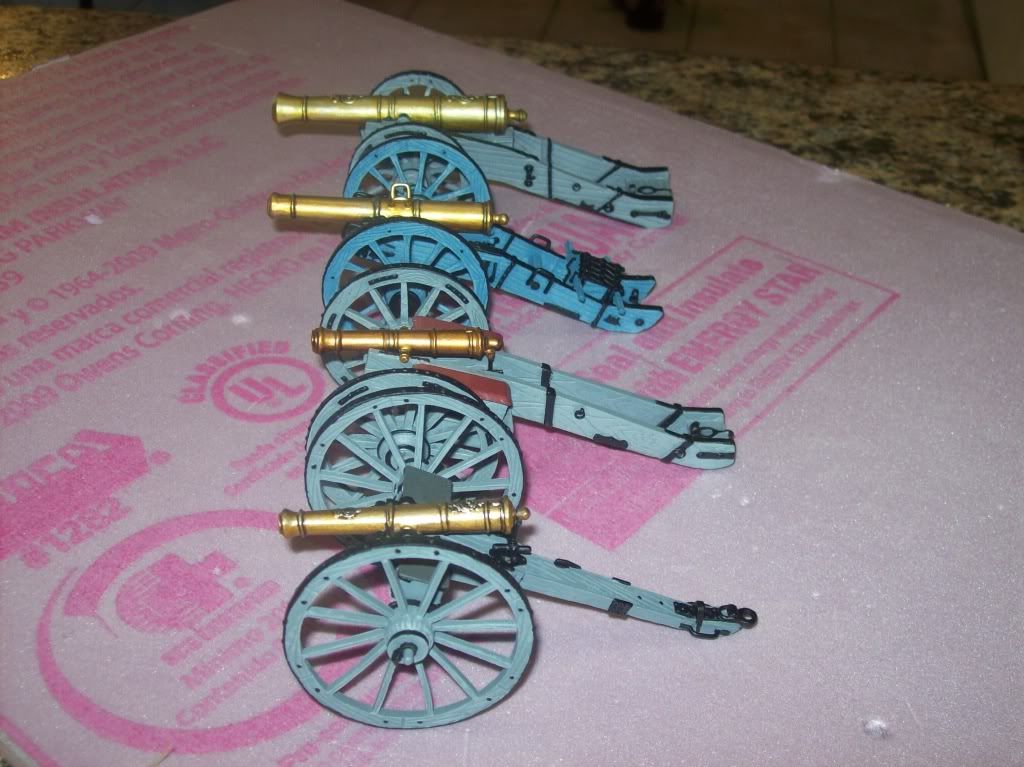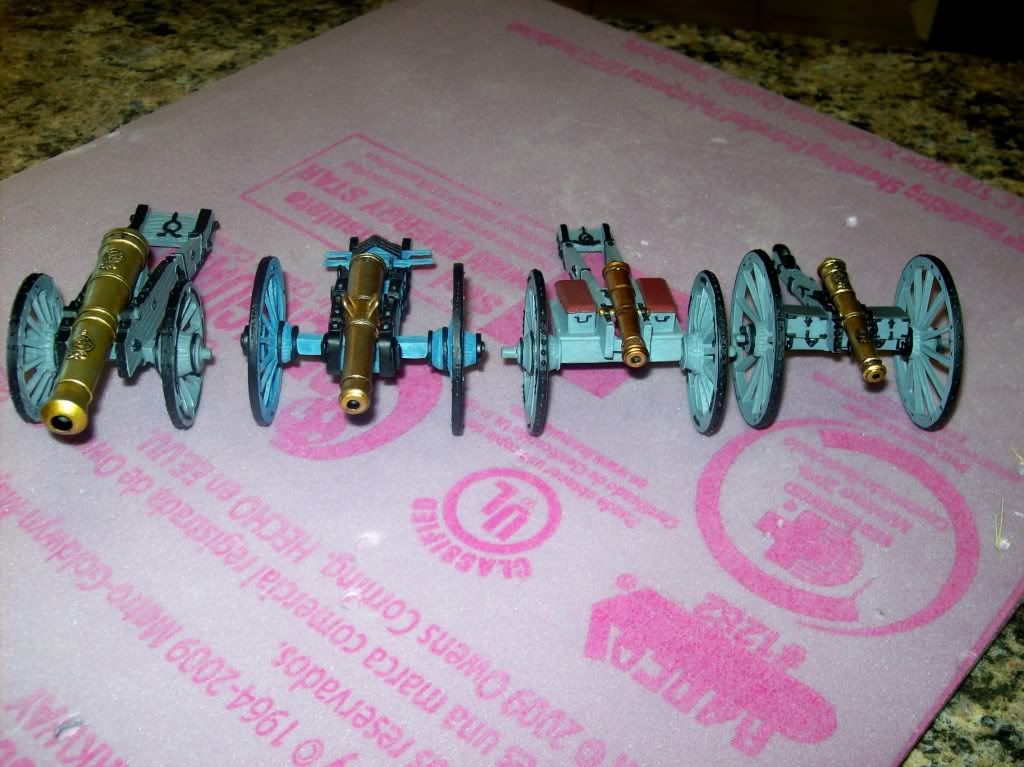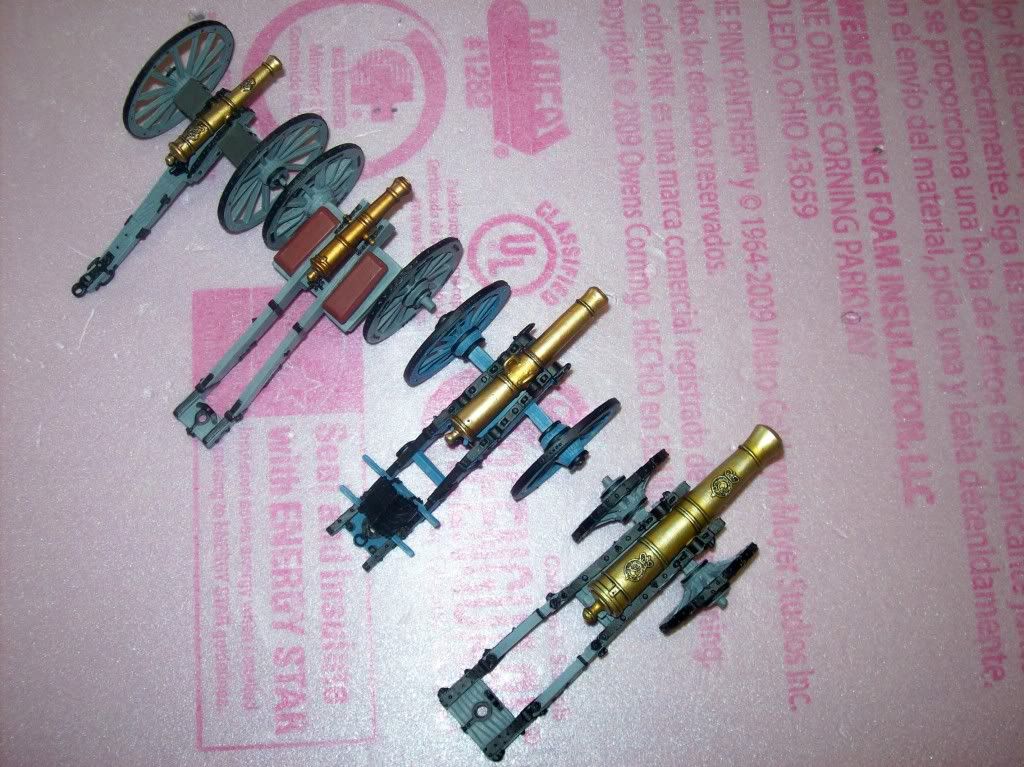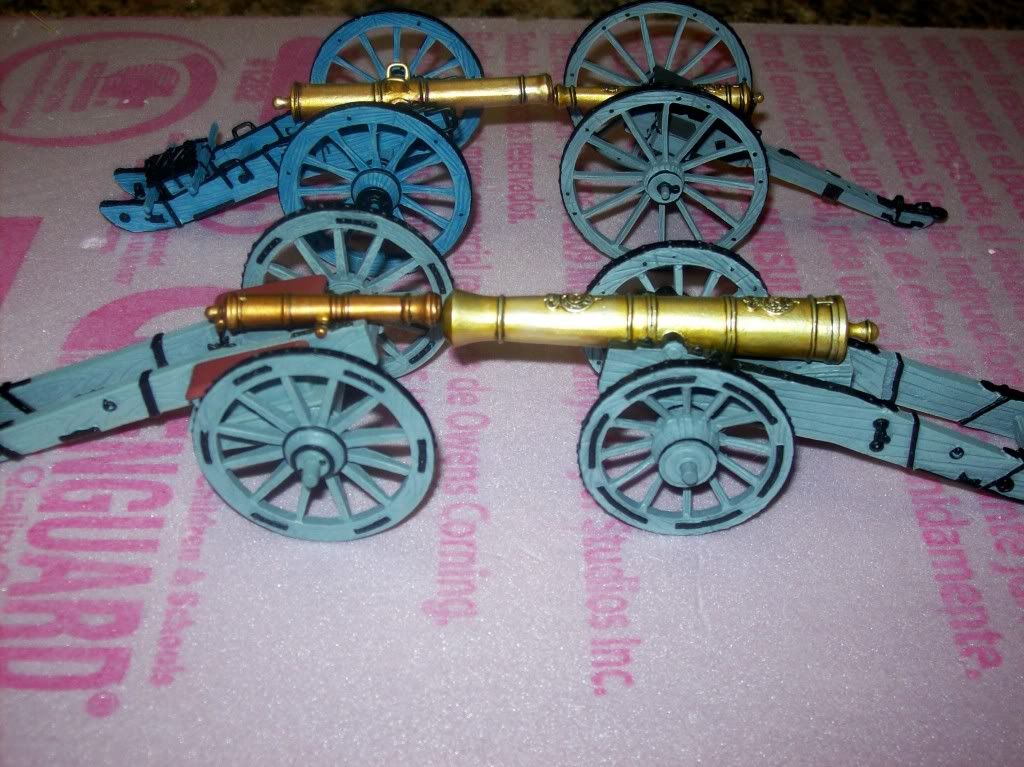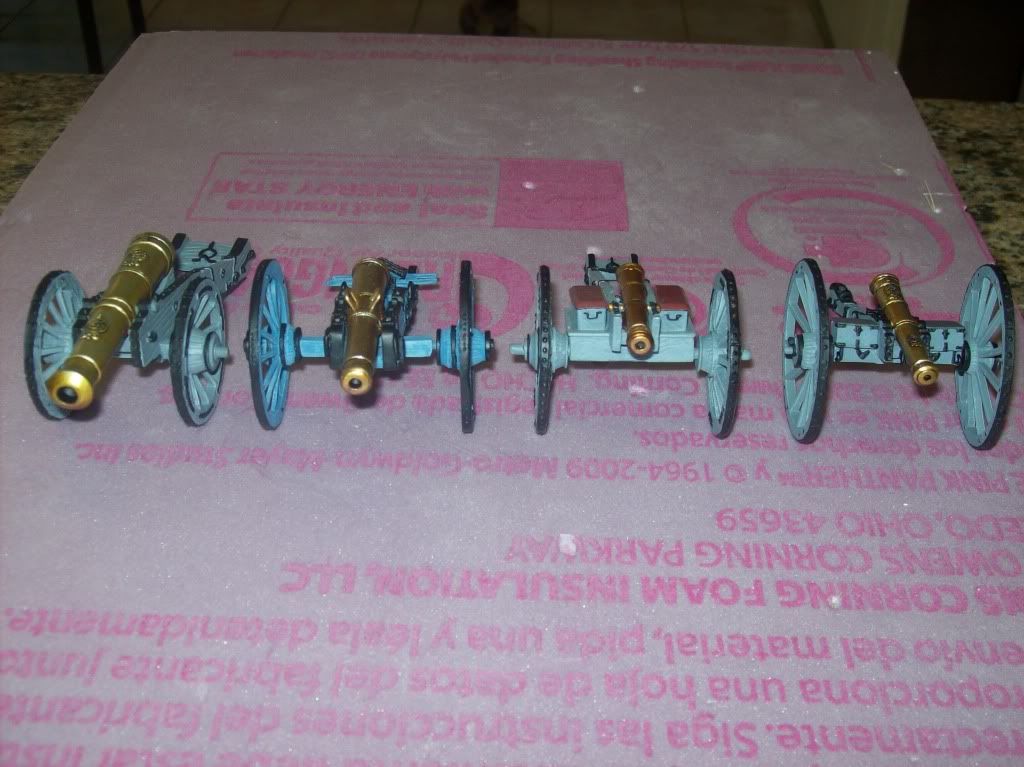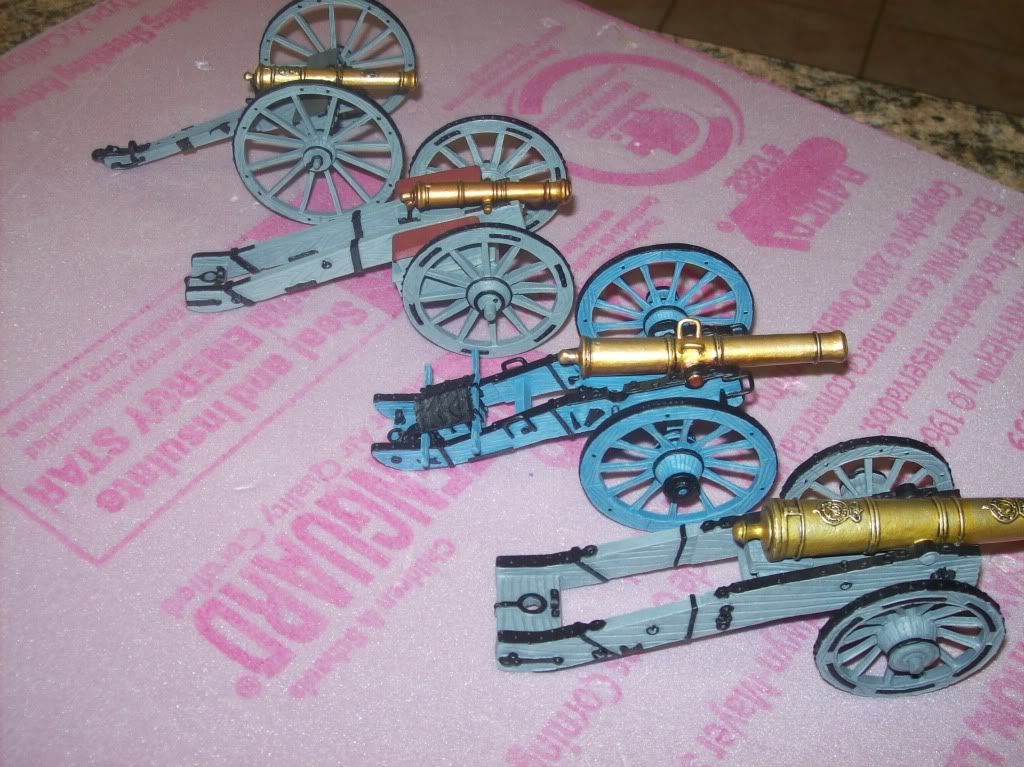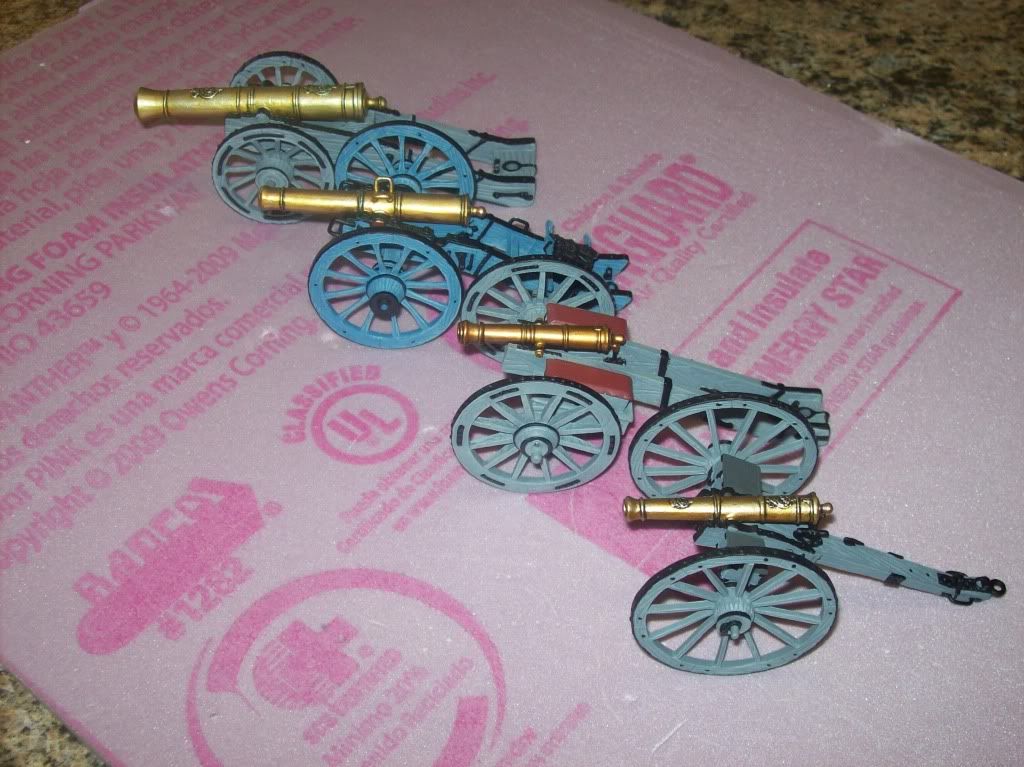mikemiller1955
Lieutenant General
- Joined
- Aug 3, 2008
- Messages
- 17,490
John is making a 24 pound siege gun for the British for his Chippewa series...
he was nice enough to share it with me...so I thought I would pass it along...
I thought maybe the Nap collectors might also enjoy a look at it...
his artillery crew offerings should be pretty good sized too for it...
a large crew is planned I think...
anyway...hope this gun is released soon...
it's just a massive piece...it's huge...
the emblems on the barrel are especially attractive to me...
great detail on the strappings and hardware too...
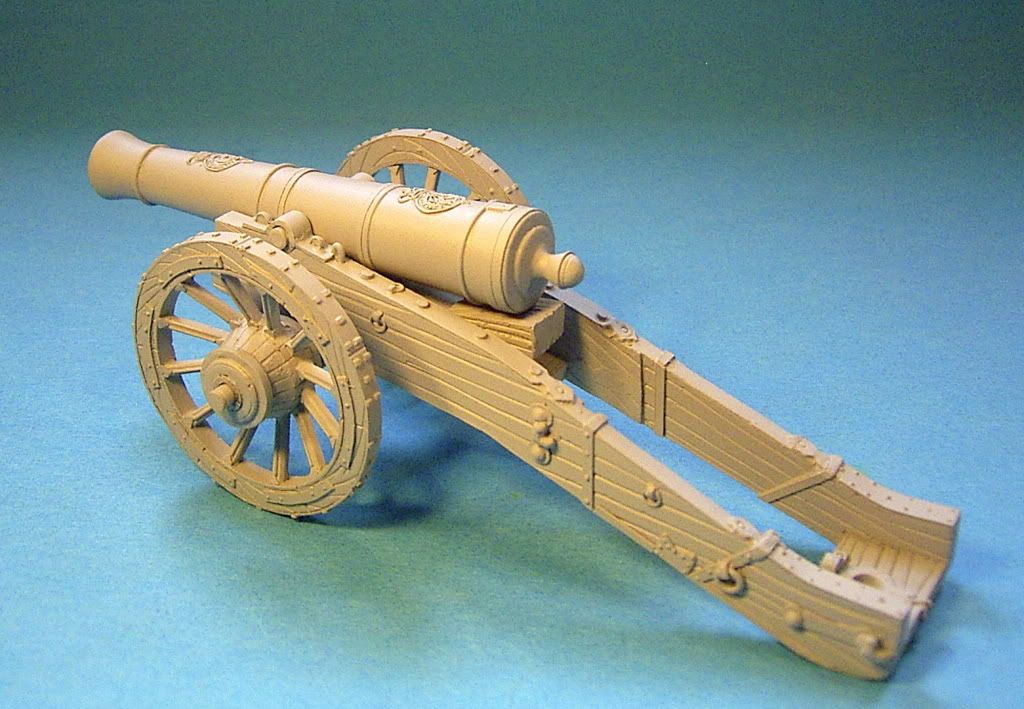
he was nice enough to share it with me...so I thought I would pass it along...
I thought maybe the Nap collectors might also enjoy a look at it...
his artillery crew offerings should be pretty good sized too for it...
a large crew is planned I think...
anyway...hope this gun is released soon...
it's just a massive piece...it's huge...
the emblems on the barrel are especially attractive to me...
great detail on the strappings and hardware too...



